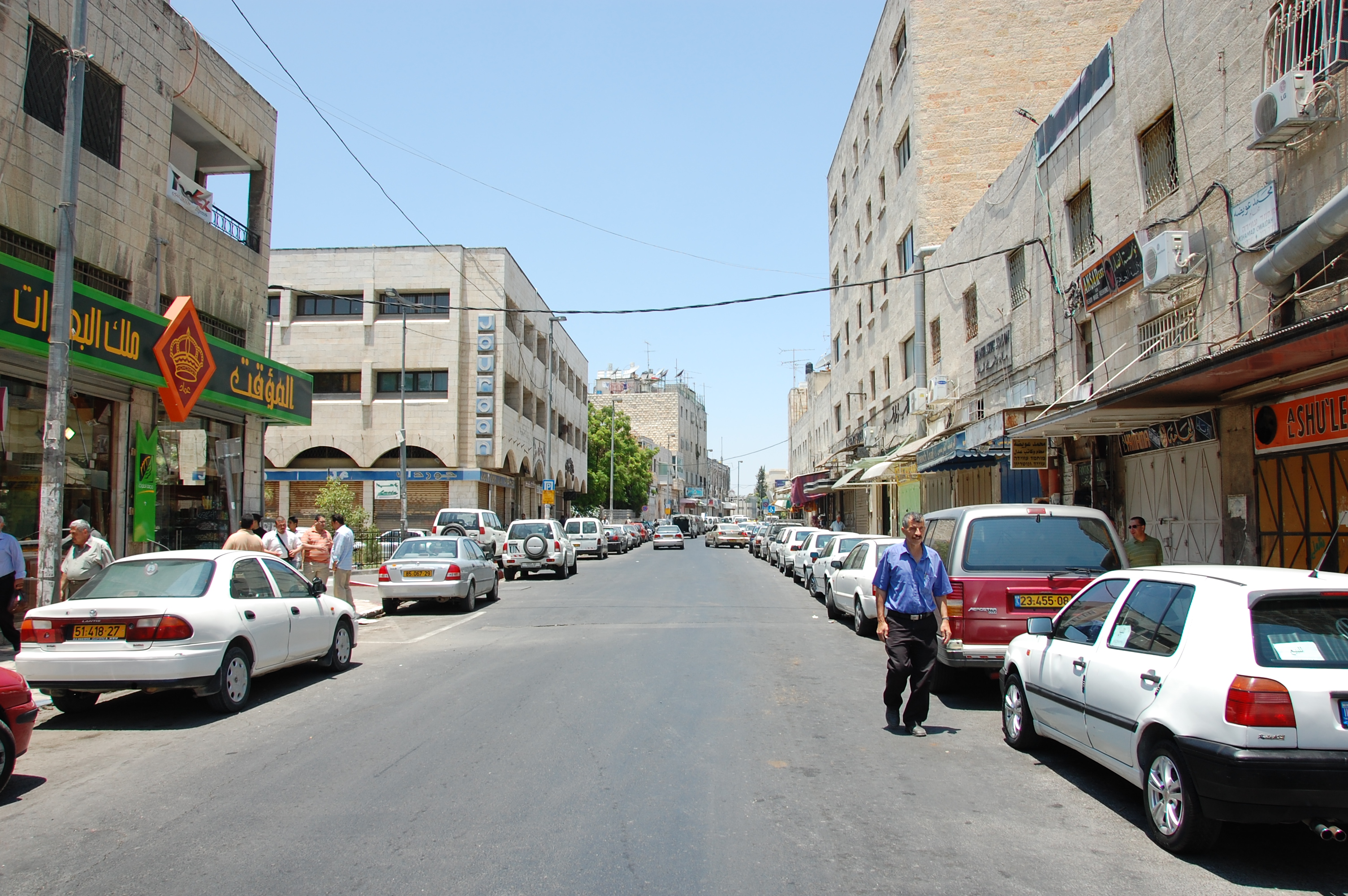Bab a-Zahara on:
[Wikipedia]
[Google]
[Amazon]
 Bab az-Zahra ( ar, باب الزاهرة) is an Arab neighborhood in
Bab az-Zahra ( ar, باب الزاهرة) is an Arab neighborhood in
East Jerusalem
East Jerusalem (, ; , ) is the sector of Jerusalem that was held by Jordan during the 1948 Arab–Israeli War, as opposed to the western sector of the city, West Jerusalem, which was held by Israel.
Jerusalem was envisaged as a separ ...
, north of the Old City Old City often refers to old town, the historic or original core of a city or town.
Old City may refer to several places:
Historical cities or regions of cities
''(by country)''
*Old City (Baku), Azerbaijan
* Old City (Dhaka), Bangladesh, also ca ...
. It is bordered by the American Colony to the north, Wadi al-Joz
Wadi al-Joz ( ar, وادي الجوز; he, ואדי אל-ג'וז), also Wadi Joz, an abbreviation of "Valley of Josaphat" or Valley of the Walnuts, is a Palestinian neighborhood in East Jerusalem, located at the head of the Kidron Valley, north o ...
to the east, Herod's Gate
Herod's Gate ( ar, باب الزاهرة, Bab az-Zahra, ) is one of the seven open Gates of the Old City of Jerusalem. It connects the Muslim Quarter inside of the old city to the eponymic Palestinian neighbourhood of Bab az-Zahra, situated just ...
and Damascus Gate
The Damascus Gate is one of the main Gates of the Old City of Jerusalem. It is located in the wall on the city's northwest side and connects to a highway leading out to Nablus, which in the Hebrew Bible was called Shechem or Sichem, and from t ...
on its south, and Mas'udiyyah and Mea Shearim
Mea Shearim ( he, מאה שערים, lit., "hundred gates"; contextually, "a hundred fold") is one of the oldest Jewish neighborhoods in Jerusalem outside of the Old City. It is populated by Haredi Jews, and was built by members of the Old Yish ...
to the west. Herod's Gate, which is called ''Bab az-Zahra'' in Arabic, lent its name to this neighborhood.
History
At the end of the Roman Period, the building of the so-called Third Wall of Jerusalem, started under the reign ofHerod Agrippa I
Herod Agrippa (Roman name Marcus Julius Agrippa; born around 11–10 BC – in Caesarea), also known as Herod II or Agrippa I (), was a grandson of Herod the Great and King of Judea from AD 41 to 44. He was the father of Herod Agrippa II, the ...
(r. 41-44 CE), finished by the rebels around 66 CE and destroyed by the Romans at the end of the First Jewish–Roman War
The First Jewish–Roman War (66–73 CE), sometimes called the Great Jewish Revolt ( he, המרד הגדול '), or The Jewish War, was the first of three major rebellions by the Jews against the Roman Empire, fought in Roman-controlled ...
in 70 CE, meant that the area was included for a short while behind the protective walls of the city.
The modern neighborhood was founded at the end of the 19th century along the road to Nablus
Nablus ( ; ar, نابلس, Nābulus ; he, שכם, Šəḵem, ISO 259-3: ; Samaritan Hebrew: , romanized: ; el, Νεάπολις, Νeápolis) is a Palestinian city in the West Bank, located approximately north of Jerusalem, with a populati ...
in the proximity of the Garden Tomb
The Garden Tomb ( he, גן הקבר) is a rock-cut tomb in Jerusalem, which was unearthed in 1867 and is considered by some Protestants to be the site of the burial and resurrection of Jesus. The tomb has been dated by Israeli archaeologist G ...
, and was one of the first Arab neighborhoods built outside the Old City walls.
First during the British Mandate in Palestine, and then even more so under Jordanian rule after the partition of Jerusalem in 1948, the neighborhood became a commercial center of East Jerusalem.
Features
The main thoroughfares of the neighborhood, Nablus Road, Saladin Street (Salah ad-Din Street), az-Zahra Street and surrounding streets are major commercial centers. Branches of the main banks and restaurants have offices there. The commercial area continues uninterrupted through Damascus Gate with the open market in the Muslim Quarter of the Old City. In the eastern part of the neighborhood resides theRockefeller Archeological Museum
The Rockefeller Archeological Museum, formerly the Palestine Archaeological Museum ("PAM"; 1938–1967), and which before then housed The Imperial Museum of Antiquities (''Müze-i Hümayun''; 1901–1917), is an archaeology museum located in Eas ...
, which was opened in 1937. Also on Saladin Street are the district court, the judiciary office, and the legal counsel for the government. Another famous building in this neighborhood is the Orient House.
References
{{Coord, 31, 47, 14, N, 35, 13, 54, E, region:PS, display=title Neighbourhoods of Jerusalem Arab neighborhoods in Jerusalem